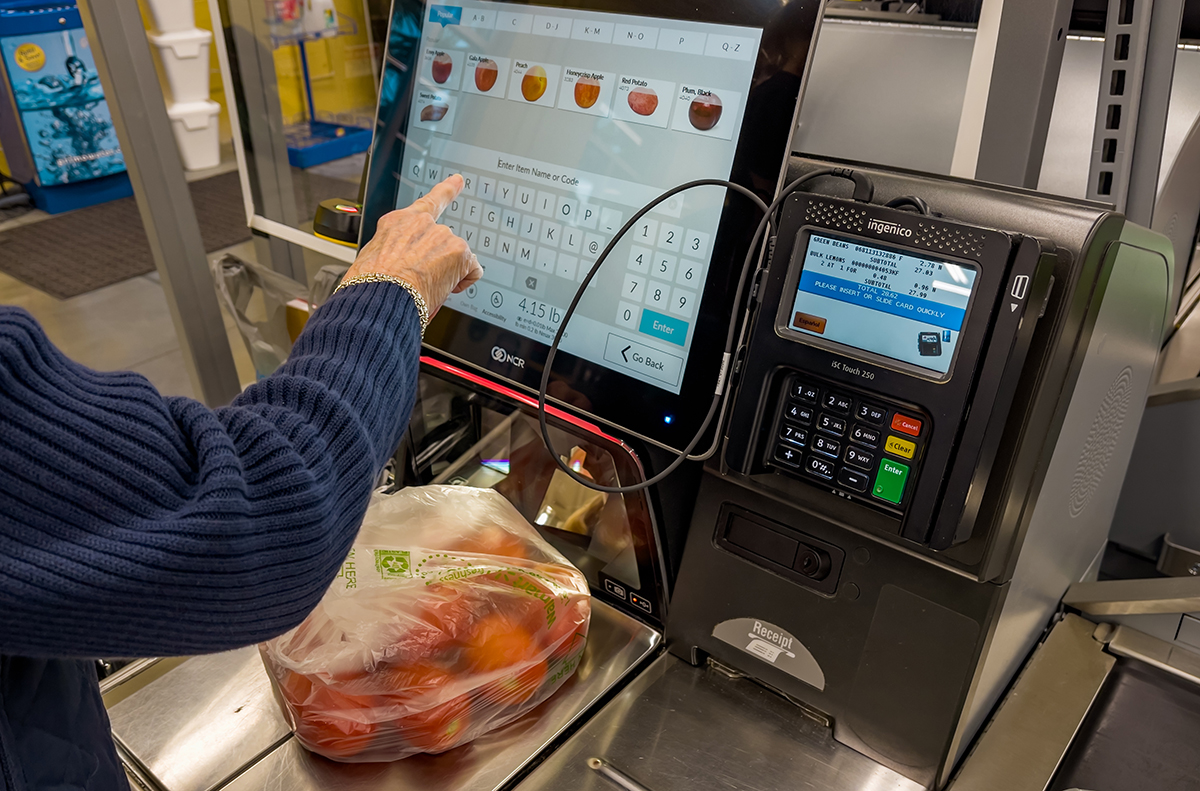By: Pat Walsh, Chief Business Development Officer, and Vice President of Supply Chain, Food Marketing Institute

Shopper-centric retailing is about large-scale transformational change, which focuses all food retail functions on increasing sales and profits by exceeding shopper expectations. That last part is of particular interest to me. Consider the last time someone exceeded your expectations. How did you feel? I bet you were overjoyed that someone made your life easier and even made you feel special. That is the power of the shopper-centric retailing model and it is a major paradigm shift from category management.
Shopper-centric retailing requires a transformation in our legacy business processes. In a time when the grocery industry is experiencing the most dynamic change in decades with changing food lifestyles, and digital connectedness, shopper-centric retailing is one way to put the customer front and center.
So, where to begin? Shopper-solutions planning, a core component of the shopper-centric retailing business model focuses on solutions the shopper is seeking and changes how a retailer’s category manager behaves and conducts business. This planning model is a dynamic and continuous process, allowing for adaptability and staying in front of changing market dynamics.
FMI has several resources to help a food retailer shift to using shopper-solutions planning including the report, From Category Management to Shopper-Centric Retailing: It can be done here’s how, and a three-part webinar series that breaks down the process of mitigating to this new model. Recommendations include:
- Evolve from the current department structure based on merchandise attributes (grocery, non-food) to a solution’s based structure focused on shopper attributes;
- Consolidate analytic support to better position a retailer’s ability to translate disparate data and shopper insights into actionable solutions;
- Create a new senior level executive position within store operations that creates alignment of merchandising responsibilities and shopper-centric priorities;
- Add a new management function, titled Manager of Merchandising Solutions and Execution, to store-management teams …the one solution to a decades old store execution challenge problem; and
- Change job titles and vocabulary to reinforce the commitment to shopper-centricity. This will sends a powerful message internally to employees across functions down to the store and to supplier partners.
Food retailers have the opportunity to exceed shopper expectations and shopper-centric retailing is the means to the end. I encourage you to move forward and enjoy the benefits of this new business model.


 Industry Topics address your specific area of expertise with resources, reports, events and more.
Industry Topics address your specific area of expertise with resources, reports, events and more.
 Our Research covers consumer behavior and retail operation benchmarks so you can make informed business decisions.
Our Research covers consumer behavior and retail operation benchmarks so you can make informed business decisions.
 Events and Education including online and in-person help you advance your food retail career.
Events and Education including online and in-person help you advance your food retail career.
 Food Safety training, resources and guidance that help you create a company food safety culture.
Food Safety training, resources and guidance that help you create a company food safety culture.
 Government Affairs work — federal and state — on the latest food industry policy, regulatory and legislative issues.
Government Affairs work — federal and state — on the latest food industry policy, regulatory and legislative issues.
 Get Involved. From industry awards to newsletters and committees, these resources help you take advantage of your membership.
Get Involved. From industry awards to newsletters and committees, these resources help you take advantage of your membership.
 Best practices, guidance documents, infographics, signage and more for the food industry on the COVID-19 pandemic.
Best practices, guidance documents, infographics, signage and more for the food industry on the COVID-19 pandemic.
